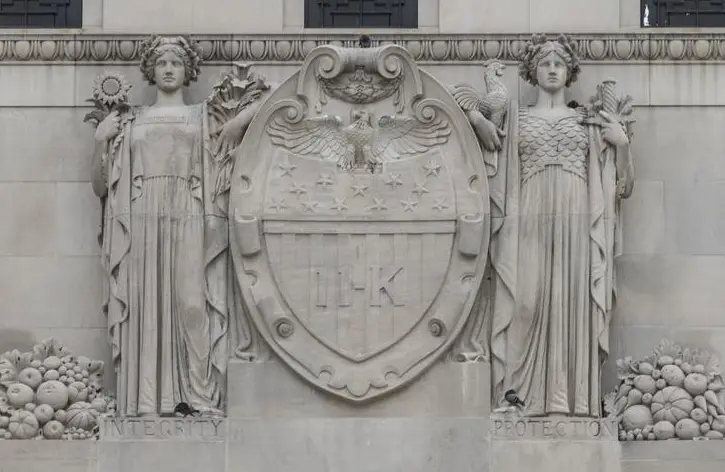On Wednesday, Dallas Federal Reserve Bank President Lorie Logan explained a possible scenario whereby the US Federal Reserve’s interest rate hikes would slow, as the bank looks to more precisely calibrate its monetary policy in the face of an uncertain economic outlook. However she still signaled that rates may ultimately rise higher than many experts now expect.
In her first major speech since taking the top job at the Dallas Fed a year ago, Logan said, “If you’re on a road trip and you encounter foggy weather or a dangerous highway, it’s a good idea to slow down. Likewise if you’re a policymaker in today’s complex economic and financial environment. That’s why I supported the (Fed’s) decision last month to reduce the pace of rate increases. And the same considerations suggest slowing the pace further at the upcoming meeting.”
Although the pace of rate hikes would slow, she was quick to point out that it would not indicate the Fed was any less committed to bringing down the inflation rate to the central bank’s 2% target rate. She added, if a temporary slowdown in rate hikes were to stabilize financial conditions and offer more clarity, “we can offset the effect by gradually raising rates to a higher level than previously expected.”
Given how uncertain the outlook through 2023 is, she noted the Fed should not “lock in” on a specific peak policy rate, but rather remain flexible by increasing rates in smaller increments, but perhaps to a higher, overall peak rate.
She said, “My own view is that we will likely need to continue gradually raising the fed funds rate until we see convincing evidence that inflation is on track to return to our 2 percent target in a sustainable and timely way.”
For the past two years, the Federal Reserve’s preferred measure of inflation, the personal consumption expenditures price index, has averaged 5.8% annually.
The Federal Reserve will arrive at its next policy decision at the next Federal Open Market Committee meeting January 31st to February 1st. They are expected to deliver a 25 basis point rate hike after December’s 50 basis point hike, and the four consecutive 75 basis point rate hikes prior to that.
Logan noted, the most recent data has shown encouraging signs inflation of goods is moderating both, under the pressure of the rate hikes, and as supply chains have been reestablishing themselves following the disruptions of the pandemic period. It is hoped that will soon slow inflation for rents and housing, however it is feared services inflation, which is driven by higher salaries due to a tighter than normal jobs market, may remain a problem.
Logan said, “The most important risk I see is that if we tighten too little, the economy will remain overheated, and we will fail to keep inflation in check.” However she added there is an opposite risk that the central bank could do too much, and weaken the labor market more than is needed.

